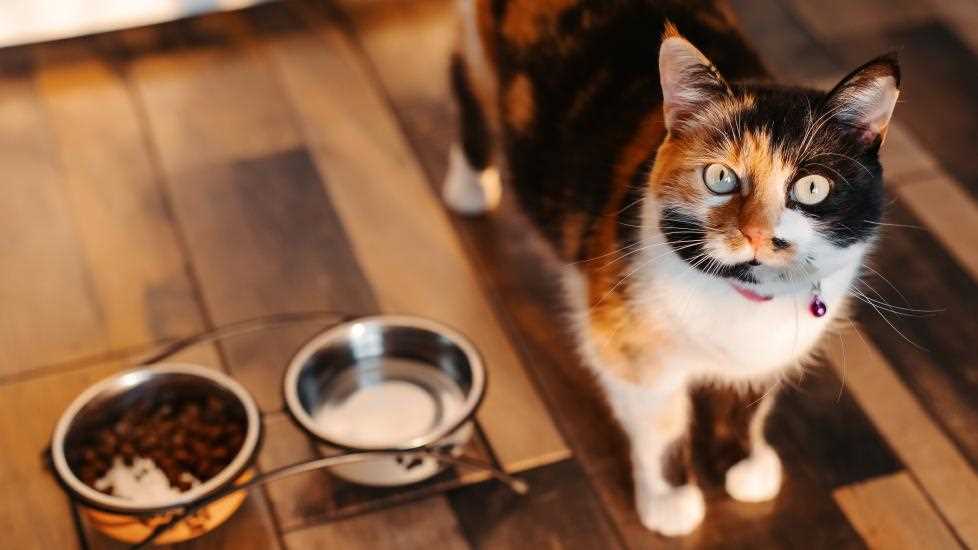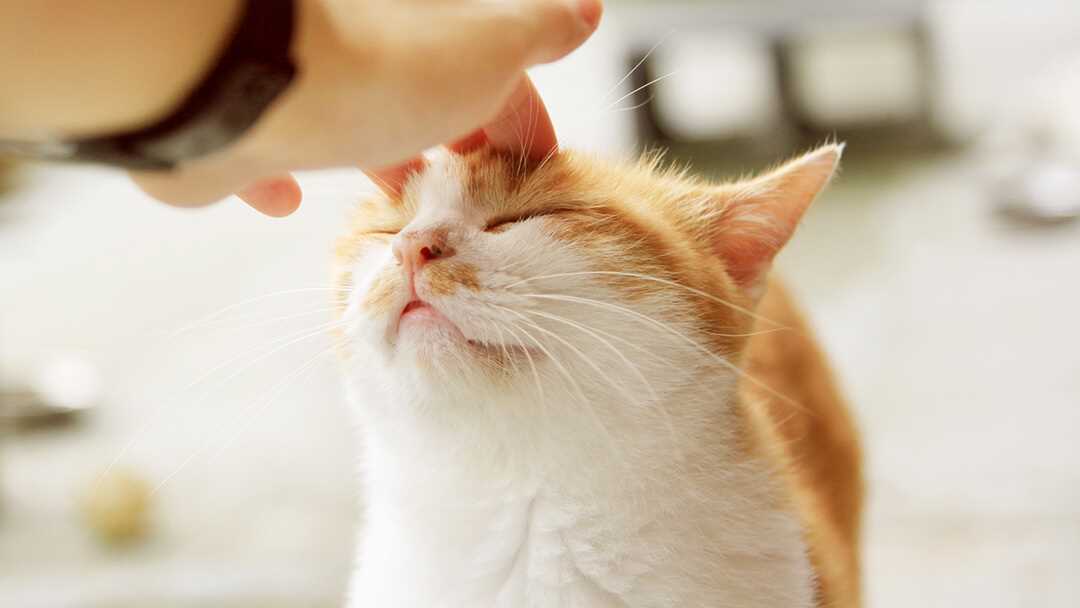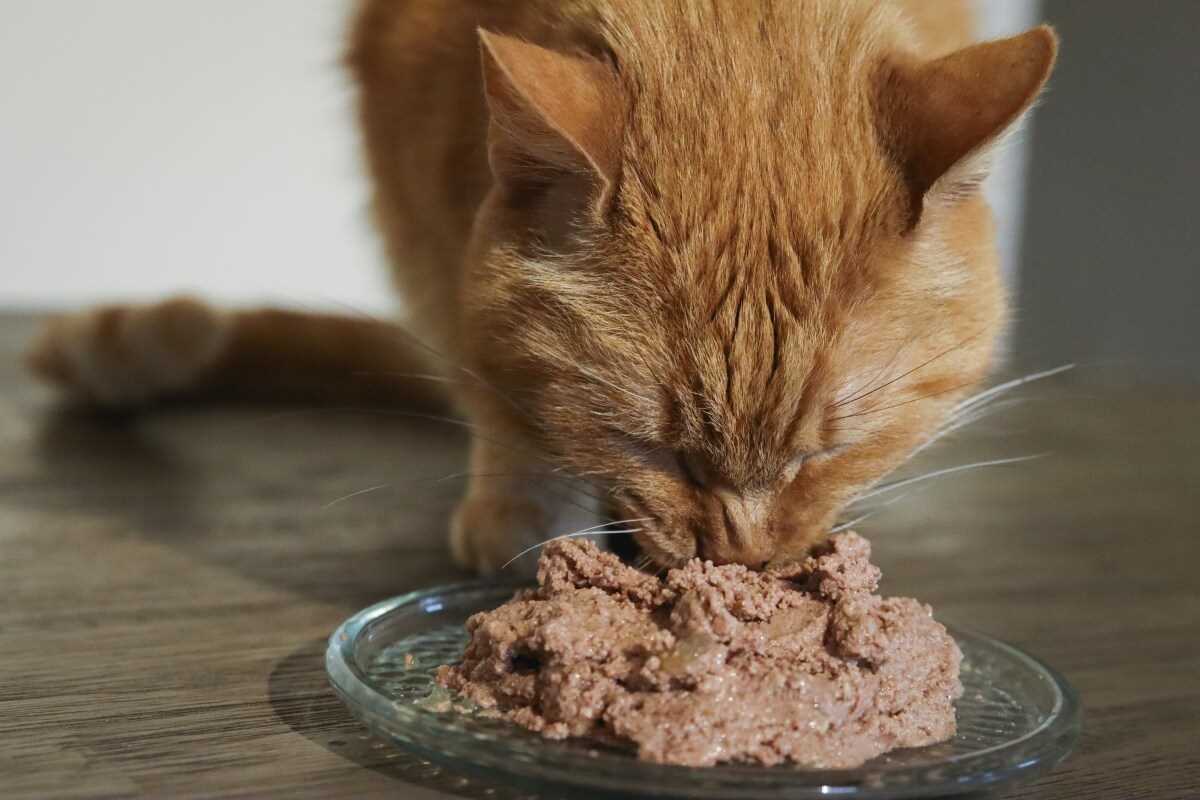



As an 8-year-old Scottish Fold named Johnny, I’ve spent countless hours pondering this very question. My insatiable appetite often leaves my human scratching their head. First off, it’s important to know that my species has a natural tendency to seek out food. Instinctively, I’m programmed to forage, ensuring my survival.
Another factor contributing to my persistent desire for snacks is boredom. When the day drags on and there’s no exciting playtime, I might turn to the food bowl for entertainment. Engaging activities not only keep me stimulated but can also distract from the urge to munch constantly.
Don’t overlook the role of my diet. High-quality kibble or wet food can greatly influence how satisfied I feel after meals. If my meals lack essential nutrients, I may feel hungry again soon after eating. Consider discussing my food choices with a veterinarian to ensure I’m getting the nutrition needed for a happy, healthy life.
Lastly, my behavior could also signal underlying health issues. Conditions such as hyperthyroidism can lead to increased hunger. Regular check-ups with the vet can help catch any potential problems early, keeping my appetite in check and my health on track.
Why Is My Feline Companion Constantly Hungry?
My insatiable appetite stems from various factors. First, genetic predisposition plays a significant role. Some breeds, like me, naturally have higher energy levels and, consequently, greater food needs. Secondly, age matters. As an active eight-year-old, I require more nutrients to maintain my playful demeanor.
Behavioral Aspects
Engagement in playful activities influences my desire for food. Regular playtime stimulates my metabolism, making me feel hungrier. Additionally, boredom can lead to increased food-seeking behavior. Providing stimulating toys or interactive games can help redirect this energy away from constant snacking.
| Factor | Influence on Hunger |
|---|---|
| Genetics | Some breeds require more food due to higher activity levels. |
| Age | Young and active felines need extra nutrients. |
| Activity Level | Playful behavior increases calorie expenditure. |
| Boredom | More snacks sought when stimulated less. |
Health Considerations
Health issues, such as hyperthyroidism or diabetes, can also lead to persistent cravings. Regular vet check-ups are crucial to ensure that my appetite isn’t a symptom of an underlying condition. Monitoring food intake and maintaining a balanced diet tailored to my specific needs helps regulate my hunger.
Understanding Feline Hunger Signals

Pay attention to the specific cues I send when I’m hungry. My vocalizations, like meowing or purring, can indicate that I’m ready for a meal. Tail movements, such as flicking or raising it, can also signal my excitement about food. Look for these behaviors to understand my needs better.
Physical Indicators
Observe my body language. A relaxed posture with my ears forward means I’m interested. If I start rubbing against your legs or following you around the house, it’s a clear sign I’m expecting something tasty. Sometimes, I might even paw at my food bowl or the pantry to get your attention.
Behavioral Patterns
Keep in mind my feeding habits. If I seem to beg for food at regular times, it’s likely I’ve developed a routine. I might also show interest in your meals, so be cautious about what you share. Consider providing me with a balanced diet, like the dry cat food for cats that throw up, to ensure I stay healthy.
Lastly, if you’re dealing with any home maintenance tasks, such as needing the best pressure washer for mobile homes, ensure my feeding schedule remains consistent to avoid any unnecessary stress for both of us.
Common Medical Issues That Increase Appetite

Hyperthyroidism is a frequent culprit that can cause increased cravings. This condition leads to an overproduction of thyroid hormones, resulting in an accelerated metabolism. If you notice unusual weight loss despite high food intake, a vet visit is necessary for diagnosis and management.
Diabetes mellitus also impacts hunger levels. When insulin is not functioning properly, glucose remains in the bloodstream instead of being utilized for energy, prompting a constant demand for food. Increased thirst and urination are additional signs to watch for.
Cushing’s disease, or hyperadrenocorticism, can create a similar scenario. This disorder stems from excessive cortisol, leading to an insatiable appetite. Along with increased hunger, symptoms include thinning skin and hair loss.
Gastrointestinal issues, such as inflammatory bowel disease (IBD), may also drive up the desire for food. IBD disrupts nutrient absorption, leaving the body feeling starved even after meals. Frequent vomiting or diarrhea can accompany this condition.
Lastly, certain medications, including corticosteroids, can stimulate appetite. If a recent prescription coincides with a change in eating habits, discussing alternatives with a veterinarian is advisable.
The Role of Diet in Your Feline’s Eating Habits
Choosing the right food is key to managing hunger levels. High-protein diets can help maintain a feeling of fullness longer than those filled with carbohydrates. Ensure meals contain quality animal proteins as the primary ingredient. This promotes satiety and supports muscle health.
Portion control is another vital aspect. Feeding smaller, more frequent meals can mimic natural hunting behaviors and prevent overeating. It’s advisable to measure portions based on weight and activity level, adjusting as necessary to avoid excess calories.
Food Preferences and Texture

Texture plays a significant role in my dining experience. I enjoy both wet and dry options. Wet food often has higher moisture content, which can aid hydration. Experimenting with different flavors and textures can help pinpoint what truly excites taste buds and keeps me engaged at mealtime.
<h3_Supplementation and Treats
Consider incorporating supplements like omega fatty acids for skin and coat health, or probiotics for digestive support. However, treats should be limited, as they often contain empty calories. Opt for healthy snacks that contribute to overall nutrition rather than detract from it.
Behavioral Factors Behind Excessive Eating
Engagement in interactive play can significantly influence appetite. I often find myself more inclined to snack after a vigorous session with my favorite feather toy. This activity mimics hunting, triggering natural instincts and leading to heightened hunger levels.
Social dynamics play a role too. Living with other furry companions can create competition for food, prompting me to consume more than usual. Observing others munching away makes me feel the need to join in, even if I’m not truly hungry.
Routine impacts feeding behavior. Regular meal times can create anticipation, leading to a sense of urgency during feeding. Skipping a meal or altering schedules can raise anxiety, which sometimes translates to overeating during the next opportunity to dine.
Stress and environmental changes can also spark increased food consumption. A new home, unfamiliar scents, or loud noises can trigger a need for comfort, often found in food. It’s my way of coping with change, seeking solace in something familiar.
Finally, boredom is a sneaky factor. With limited stimulation, I might turn to food out of sheer lack of other activities. Ensuring a variety of toys and engaging experiences helps keep my mind occupied, reducing the urge to snack unnecessarily.
Tips for Managing Your Feline’s Eating Behavior
Incorporate scheduled feeding times instead of free-feeding. This helps regulate intake and establishes a routine.
- Divide daily portions into multiple small meals.
- Use an automatic feeder to dispense food at set intervals.
Monitor the type of food offered. Ensure it’s high in protein and low in carbohydrates to promote satiety.
- Consider wet food as it contains more moisture and can aid in feeling full.
- Rotate flavors and brands to maintain interest without overindulgence.
Engage in interactive feeding. Use puzzle feeders or toys that dispense food, stimulating both mind and body.
- Introduce play sessions before meals to mimic hunting behavior.
- Encourage activity with laser pointers or feather wands.
Limit access to treats. Set a specific number of treats per day and choose healthy options.
- Use treats as rewards during training sessions.
- Avoid using food as comfort to address stress or boredom.
Regularly consult with a veterinarian to rule out health issues affecting appetite.
- Schedule annual check-ups to monitor weight and overall health.
- Discuss dietary changes or concerns with a professional.









